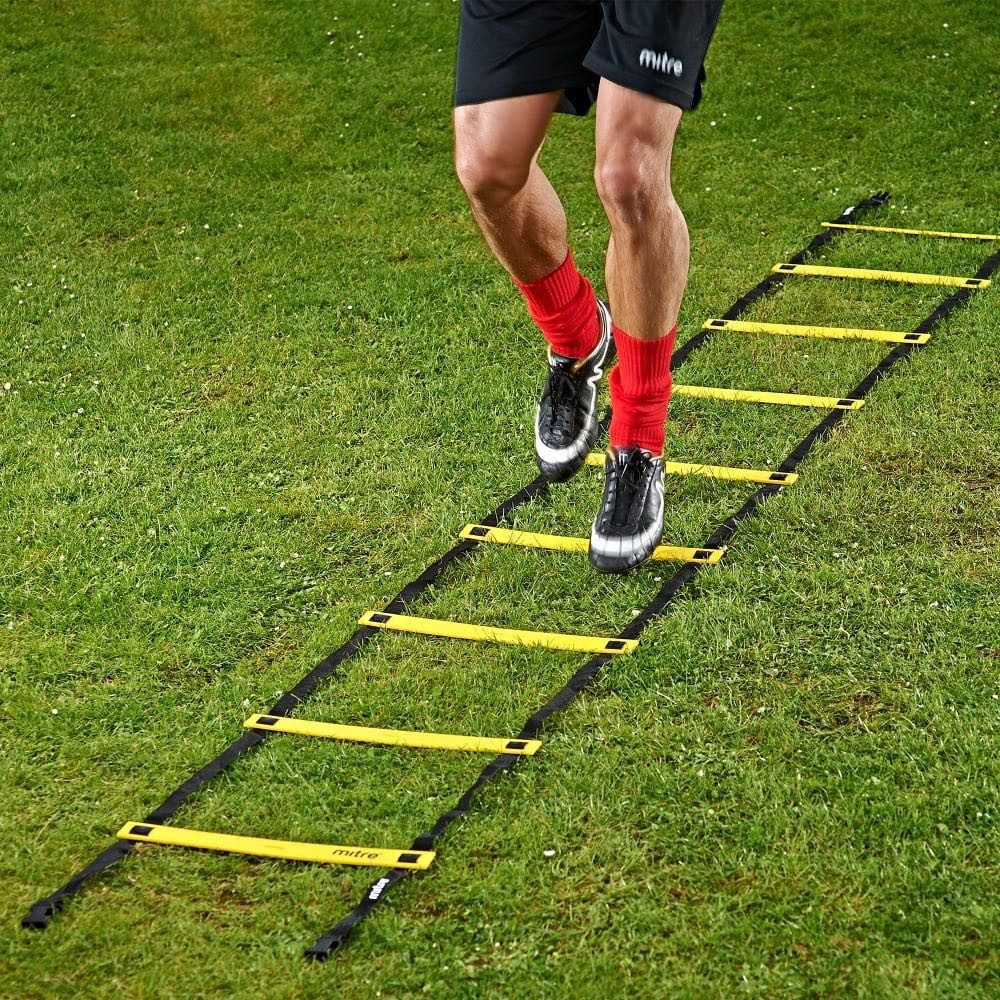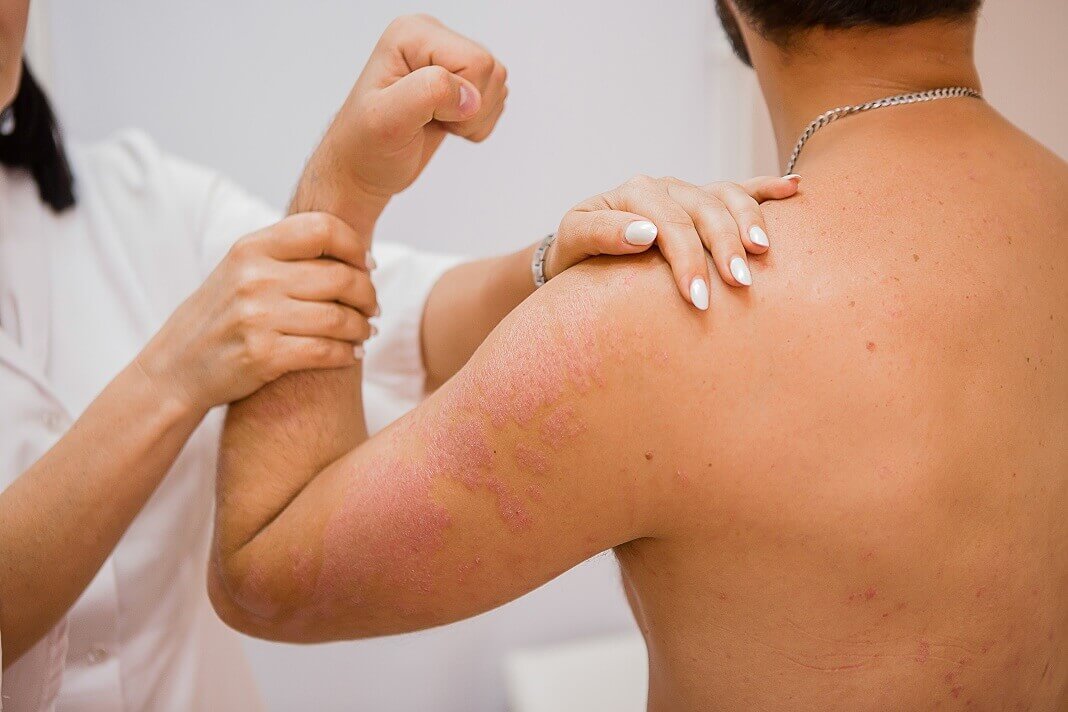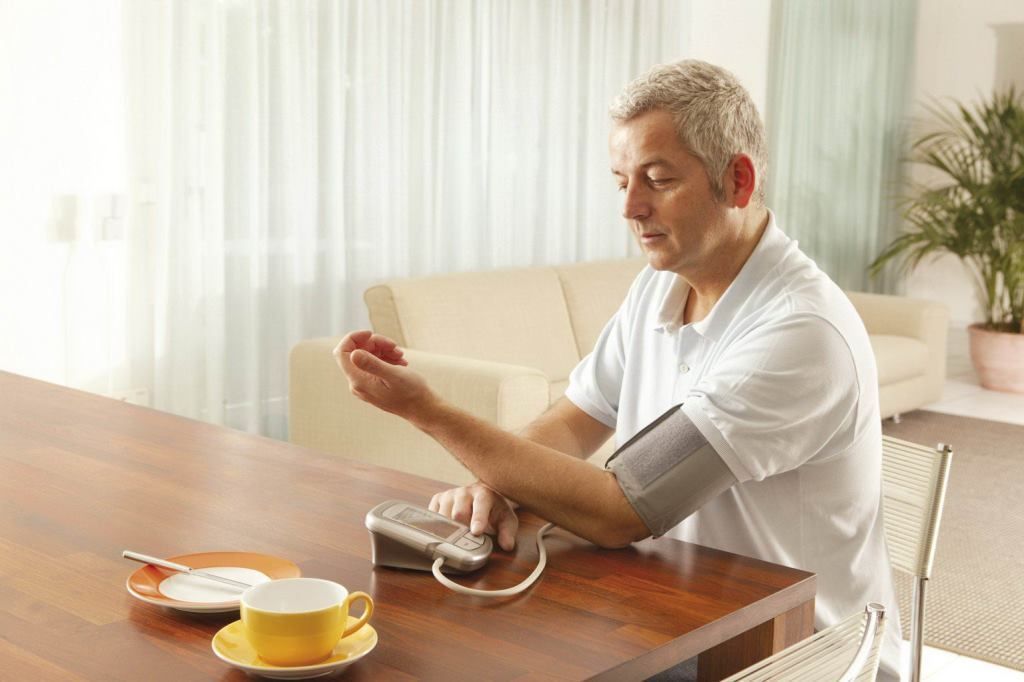Overview of the Sony Xperia 1 II smartphone with key features

The famous Japanese giant Sony did not delay the presentation of its new advanced smartphone Xperia 1 II. The event was held on February 24, 2020, however, due to the ongoing pandemic in the world, the presentation was held independently, and not as part of the Mobile World Congress 2020 - it was canceled. Simultaneously with the Xperia 1 II, the Xperia Pro smartphone was also announced - this marketing ploy only means that the company provides the buyer with some alternative to its flagship Xperia 1 II, which became the successor to the rather fresh Xperia 1 model (which just recently turned one year old) .
In the old days, Sony felt confident in the mobile device market and was in no hurry to release smartphones, while the profit from sales was at a fairly high level.But this state of affairs could not last long, and Chinese companies quickly figured out how to move a competitor - they began to sell almost similar models with slightly understated characteristics at bargain prices. And today, the Japanese giant is not even in the top 10 smartphone sales companies. Therefore, Sony management decided to focus its activities on the accelerated development of new models and the constant and rapid replenishment of its "park" of mobile devices. The Sony Xperia 1 II is part of this strategy, and it clearly sets itself apart from its competitors with its pleasing design and well-formed camera system. And potential buyers do not need big functions from this gadget. Nevertheless, the model has a number of significant shortcomings, which will be compensated for by its younger brother, the Xperia Pro.
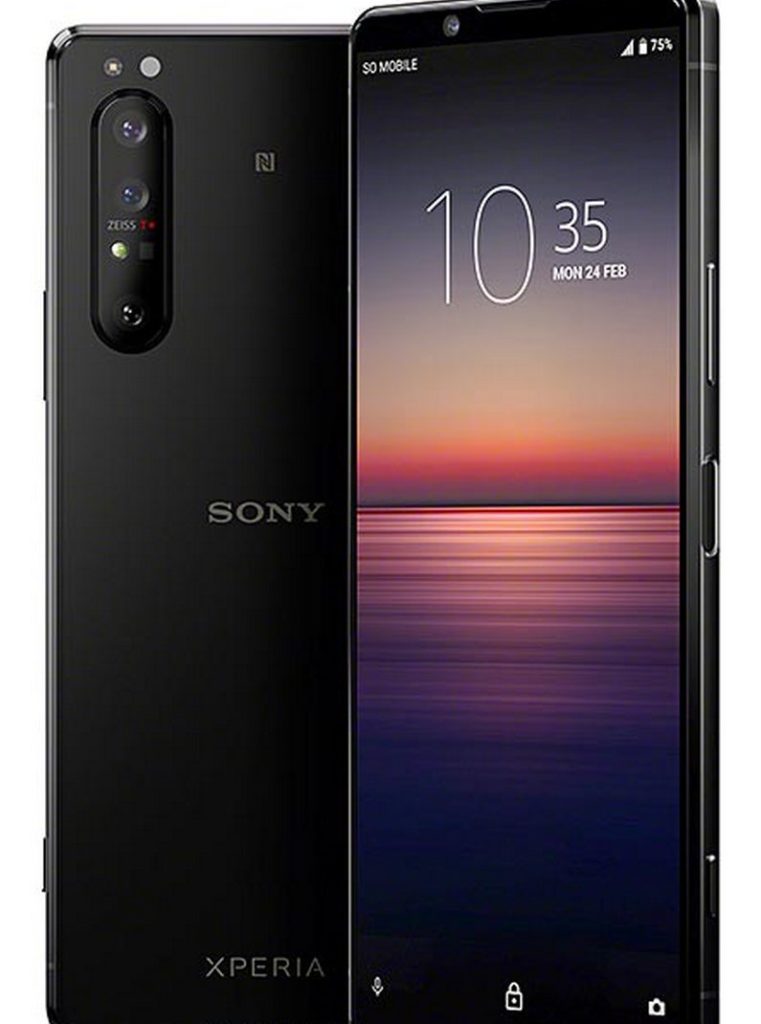
Content
Sony Xperia 1 II - general information
It can be said with all boldness that the Sony Xperia 1 II looks good against the background of its competitors from other manufacturers who have decided to go down the path of minimizing the screen bezels. The gadget in question has such frames both on the left and on the right, but they absolutely do not interfere in everyday life and are generally quite thin. It also has a positive effect on the absence of "accidental clicks" that modern models with heavily rounded corners sin.In addition, the Japanese decided to make the upper and lower frames symmetrical, which avoided "cutouts" in the display. Even in a professional view, this solution looks very organic, the display area is used as fully as possible and there are no extra gaps. This design will please demanding customers who are annoyed by holes and cutouts in the display area - the ratio will seem just perfect for them. And in general, it is strange that Sony's competitors have not come to such performances for a long time and en masse.
The performance of the Sony Xperia 1 II smartphone does not cause any complaints. And this fact is not surprising - the Japanese have equipped their flagship with a powerful Snapdragon 865 processor, which is considered the best among the lineup from Qualcomm. However, this processor is used by both Koreans and Chinese, so in this market segment the performance of peers is always about the same.
As for the RAM, the smartphone has 8 gigabytes of it, and the built-in ROM is 256 gigabytes. On the one hand, current smartphone models do not need more, because even the most sophisticated mobile game will require no more than 2 gigabytes of RAM. However, if we talk about the permanent development of technologies in the direction of increasing technical indicators, then here the manufacturers miscalculated a little - they could try to lure a fastidious client with a large amount of RAM. And this fact is a little frustrating, because everyone would like to get more cool parameters.
At their presentation, manufacturers constantly focused on high-quality cameras that are actually well designed and look great.The gadget shoots in high quality, especially in daylight conditions, you get just wonderful pictures (and then they can still be coolly processed using the built-in tools). Video recording also deserves special praise: using a smartphone, you can shoot a high-quality video, and then process or edit it, while the image will turn out at the level of an average-level SLR camera. In this regard, a smartphone can become an indispensable thing for those who like to often take pictures on the phone and at the same time want to get a high-quality image. In general, if a potential buyer needs a phone specifically for shooting, then the Sony Xperia 1 II model is clearly the best choice. However, it is worth understanding what exactly the user gives the lion's share of the price of this device for the opportunity to take high-quality pictures and conduct excellent video shooting. If the shooting is not of interest to the user, then it is better for him to look at other models.

Overview of technical parameters
Sony Xperia 1 II is correctly read in Russian "Sony Experia One Mark Two (or Mark Two)" (English - "Sony Xperia 1 Mark Two"). Compared to last year's model, the gadget has not changed externally - it still has a glass case in an aluminum frame, it is protected against moisture / dust according to IP65 / IP68 standards. The device is able to live in water for up to half an hour.

Housing and screen
The dimensions of the device are mostly based on the standards of the entire line and are 165x71x7.5, the weight of the device is about 180 grams. Both panels (both rear and front) are protected by Gorilla Glass of the latest modification. The front screen of the device has a diagonal of 6.5 inches and supports HDR BT.2020 technology. Has 100% DCI/P3 color gamut coverage.The aspect ratio of the OLED matrix is 21 to 9, and the resolution is 1644 x 3840 pixels, which together is nothing more than the 4K UHD standard. A significant difference from the previous model is the increased screen refresh rate, which has now become 90 Hz. But here there is also a "dark side" - this effect is achieved through the use of motion blur reduction technology.
Despite the equipment of the model with an OLED panel, the fingerprint scanner is still located on the end part on the right. There are also sound control buttons and a button to call the camera application.
Camera
Regarding the camera itself, we can say that now it has “moved” to the upper left corner from the center (where it was on the previous model). It also now features a 0.3-megapixel ToF sensor for depth measurement.
Camera resolution remains the same - three times twelve megapixels. But the lens has undergone some changes: now its two-fold increase (zoom) has been replaced by three times. Minor changes have also been made to the focal length in the main module. The latest smartphone is now capable of recording video at 24, 25, 26 and 60 fps.

The manufacturer also announced phase autofocus and optical stabilization (both for the telephoto lens and for the main module). The selfie camera uses an 8MP image sensor. Unlike the competition, it's completely unchanged from the 2019 model and still can't record in 4K UHD.
The main advantage of the Sony Xperia 1 II camera was the use of professional German optics from Carl Zeiss (lens manufacturing technology "ZEISS" and its protective coating "ZEISS T") - previously these parameters were available only to professional photo and video equipment.The use of a high-quality lens is noticeable literally immediately - the quality of the images has improved significantly.
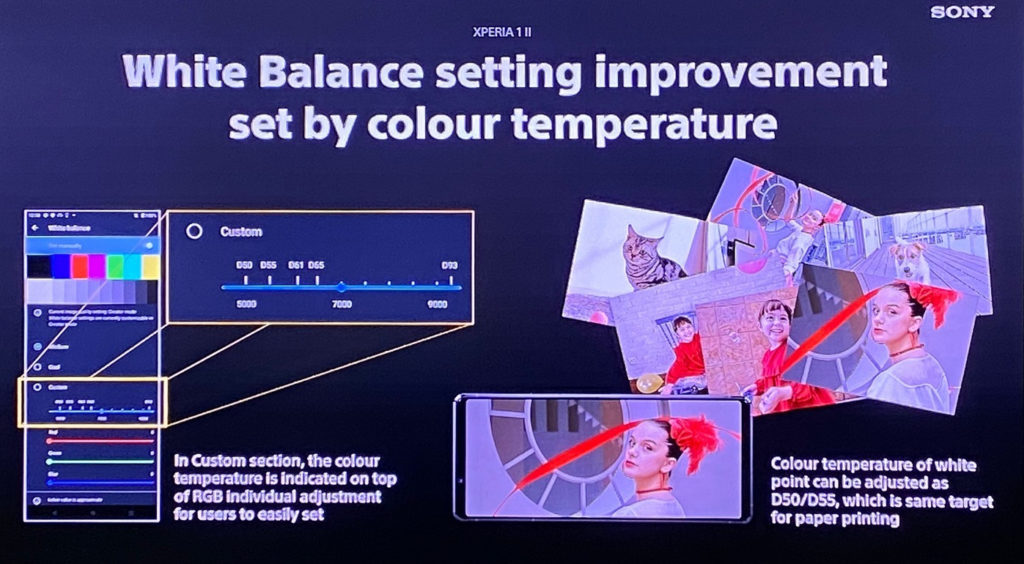
Hardware platform
The first English-language sites that published the full technical specifications of the smartphone confirmed the information stated at the presentation by the manufacturer. The new Japanese smart will be overclocked by a 7-nanometer mobile processor called Snapdragon 865, clocked at 1.8 GHz to 2.8 GHz. The kit will also include an Adreno 650 graphics accelerator. As mentioned above, the amount of RAM is a little depressing - only 8 GB. At the same time, the persistent storage is quite powerful, equipped with a high-speed UFS 2.1 file system, and the size of the drive is large - 256 GB. The memory card can be used in either of the two SIM slots.
The power of the gadget can be pleased with the fact that it has seriously increased compared to the 2019 model - immediately by 670 mAh, now the battery capacity is as much as 4000 mAh. However, than all new powerful smartphones suffer, the battery is still non-removable.
At the same time, it became possible to charge without a wire, the ability to use wired headphones returned, and stereo loudspeakers appeared.
The operating system is in the form of the 10th Android, wireless communication is represented by "BlueTooth" 5.1 and "Wi-Fi" version 6. In fifth-generation networks, the USB-C port can now also work.
Europeans will be the first to purchase the novelty in question at the beginning of May this year, the price of the novelty should vary between 1200 - 1300 Euros. Cheerful body colors are not to be expected - only black and dark blue options will be available.
The latest information about the "blood brother"
Sony plans to release another smart phone soon, which will be designed to be an alternative to the Sony Xperia 1 II.It will be called Sony Xperia Pro and it is also positioned as a flagship gadget. The younger brother will take most of the technical characteristics from the older one. What is known for sure is that the "pro" version will have a micro-HDMI port, the latest version of the Snapdragon processor (if Qualcomm has time to release a new CPU) and 512 GB of internal storage.
This gadget was even presented at the presentation by representatives of the Land of the Rising Sun no longer as smart, but as a full-fledged workstation designed for professionals.

Compared to the "old man"
To sum up this review, it would still not be superfluous to compare the technical specifications of the Sony Xperia 1 II and its 2019 predecessor, the Sony Xperia 1. They have a difference in age of about 13 months.

- It has 2 SIM card slots;
- Screen refresh rate - 90 Hz;
- Increased optical zoom of the camera up to three times;
- The amount of RAM has been increased by 33% - from 6 GB to 8 GB;
- Bench tests on "AnTuTu" showed a 28% improved performance of the new product;
- Has a more capacious battery - 4000 versus 3300 mAh;
- Supports Wi-Fi 6 standard;
- Equipped with a new version of the operating system - Android 10 vs. 9;
- An upgraded version of Bluetooth 5.1 is installed.
- He doesn't know how to super slow-motion like his big brother does at 960 frames per second.
Detailed Specifications
| Chapter | Name | Index |
|---|---|---|
| Supported networks | Technology | GSM / HSPA / LTE / 5G |
| 2G bands | GSM 850 / 900 / 1800 / 1900 - SIM 1 & SIM 2 | |
| 3G bands | HSDPA 800 / 850 / 900 / 1700(AWS) / 1900 / 2100 | |
| 4G bands | LTE band 1(2100), 2(1900), 3(1800), 4(1700/2100), 5(850), 7(2600), 8(900), 12(700), 13(700), 17 (700), 19(800), 20(800), 25(1900), 26(850), 28(700), 29(700), 32(1500), 34(2000), 38(2600), 39 (1900), 40(2300), 41(2500), 46(5200), 66(1700/2100) | |
| 5G | 5G band 1(2100), 3(1800), 28(700), 77(3700), 78(3500); NSA/Sub6 | |
| Speed | HSPA 42.2/5.76 Mbps, LTE-A (6CA) Cat19 1600/150 Mbps, 5G (2+ Gbps DL) | |
| Release | Announced | February 24, 2020 |
| Goes on sale | Q2 2020 (tentatively May) | |
| Frame | Dimensions | 165.1 x 71.1 x 7.6mm |
| The weight | 181.4 gr. | |
| Protection | Front part - Glass front (Gorilla Glass 6), back - (Gorilla Glass 6), aluminum frame, moisture / dust resistance according to IP65 / IP68 standards (lifetime in water - up to 30 min.) | |
| SIM | Dual SIM (nano standard) | |
| Display | Type of | OLED, touchscreen, 16M colors |
| The size | 98.6 cm2 (~84.0% of hull) | |
| Permission | 1644 x 3840 pixels, 21:9 | |
| Protection | glass Gorilla Glass 6 | |
| DCI-P3 100% | ||
| HDR BT.2020 | ||
| Platform | OS | Android 10.0 |
| Chipset | Qualcomm SM8250 Snapdragon 865 (7nm+) | |
| CPU | Octa-core (1x2.84 GHz Kryo 585 & 3x2.42 GHz Kryo 585 & 4x1.8 GHz Kryo 585) | |
| GPU | Adreno 650 | |
| Memory | External | microSDXC (uses a shared SIM slot) |
| built-in | ROM - 256GB, RAM - 8GB RAM | |
| Main camera | Quad | 12 MP, f/1.7, 24mm (wide), 1/1.7", Dual Pixel PDAF, OIS |
| 12 MP, f/2.4, 70mm (telephoto), 1/3.4", 1.0µm, PDAF, 3x optical zoom, OIS | ||
| 12 MP, f/2.2, 16mm (ultrawide), 1/2.55", Dual Pixel PDAF | ||
| 0.3 MP, TOF 3D, (depth) | ||
| Properties | Zeiss optics, LED flash, panorama, high resolution, eye tracker | |
| Video | /25/30/60fps HDR, /60/120fps; 5-vector gyroscope, OIS | |
| SELFIE camera | Single | 8 MP, f/2.0, 24mm (wide), 1/4", 1.12µm |
| Properties | HDR | |
| Video | (5-axis gyro-EIS) | |
| Sound | Speaker | Yes, stereo |
| 3.5 mm input | Present | |
| 24-bit/192kHz audio, dynamic bass system | ||
| Connection | WLAN | Wi-Fi 802.11 a/b/g/n/ac/ax, dual-band, Wi-Fi Direct, DLNA, hotspot |
| Bluetooth | 5.1, A2DP, aptX HD, LE | |
| GPS | Present, with A-GPS, GLONASS, BDS, GALILEO functions | |
| NFC chip | Present | |
| Radio communication | Missing | |
| USB | 3.1, Type-C 1.0 multidirectional connector; USB On-The-Go technology | |
| Additionally | Sensors | Fingerprint response, accelerometer, gyroscope, proximity sensor, barometer, compass, color spectrum recognition |
| Battery | Battery | Non-removable 4000 mAh lithium polymer |
| Charging Properties | Accelerated battery charging | |
| Wireless charger | ||
| connection to the adapter "USB Power Delivery" | ||
| Other | Colors | Black blue |
| Price | About 92,000 rubles |
Conclusion
Judging by the scheduled release date for the Sony Experia 1 II on the shelves in Europe, it should not be expected in the near future in Russia. Fans of new gadgets will again have to use gray schemes and ask friends from abroad to bring this smart. Moreover, its price of 92,000 rubles is too “biting”, so even a professional who wants to use high-quality optics in a smartphone should take care of finding analogues in Russian open spaces. Thus, the model, in the first minutes of its appearance, will probably become an object of hunting only for collectors. Nevertheless, if you wait a bit and live to see the price drop, then this device will be a worthy purchase.
new entries
Categories
Useful
Popular Articles
-

Top ranking of the best and cheapest scooters up to 50cc in 2022
Views: 131653 -

Rating of the best soundproofing materials for an apartment in 2022
Views: 127693 -

Rating of cheap analogues of expensive medicines for flu and colds for 2022
Views: 124520 -

The best men's sneakers in 2022
Views: 124035 -

The Best Complex Vitamins in 2022
Views: 121941 -

Top ranking of the best smartwatches 2022 - price-quality ratio
Views: 114981 -

The best paint for gray hair - top rating 2022
Views: 113397 -

Ranking of the best wood paints for interior work in 2022
Views: 110320 -

Rating of the best spinning reels in 2022
Views: 105331 -

Ranking of the best sex dolls for men for 2022
Views: 104369 -

Ranking of the best action cameras from China in 2022
Views: 102217 -

The most effective calcium preparations for adults and children in 2022
Views: 102012


